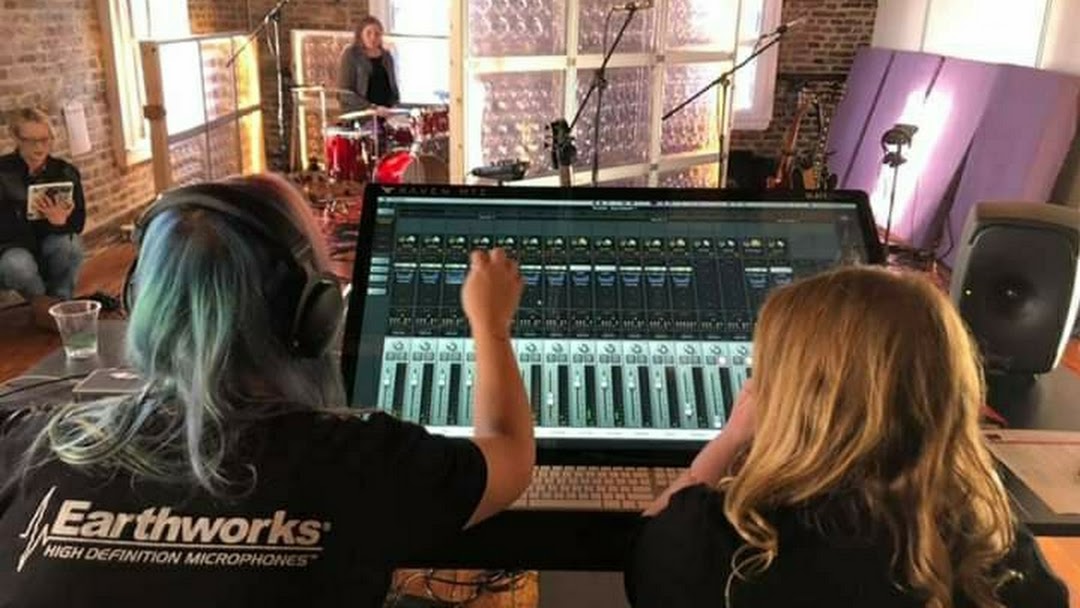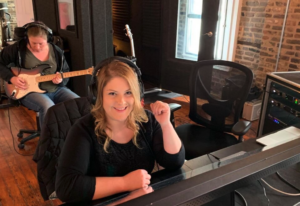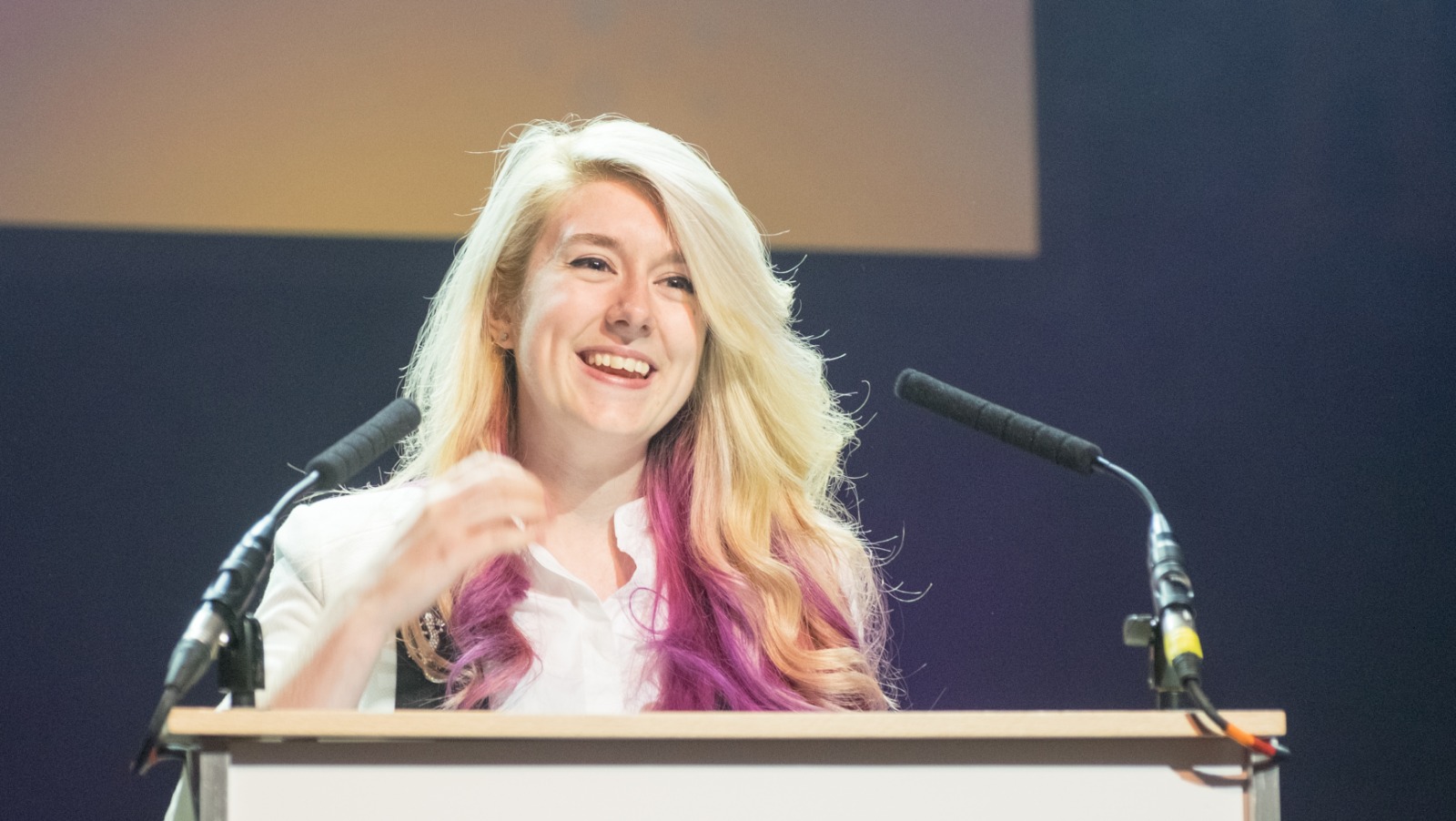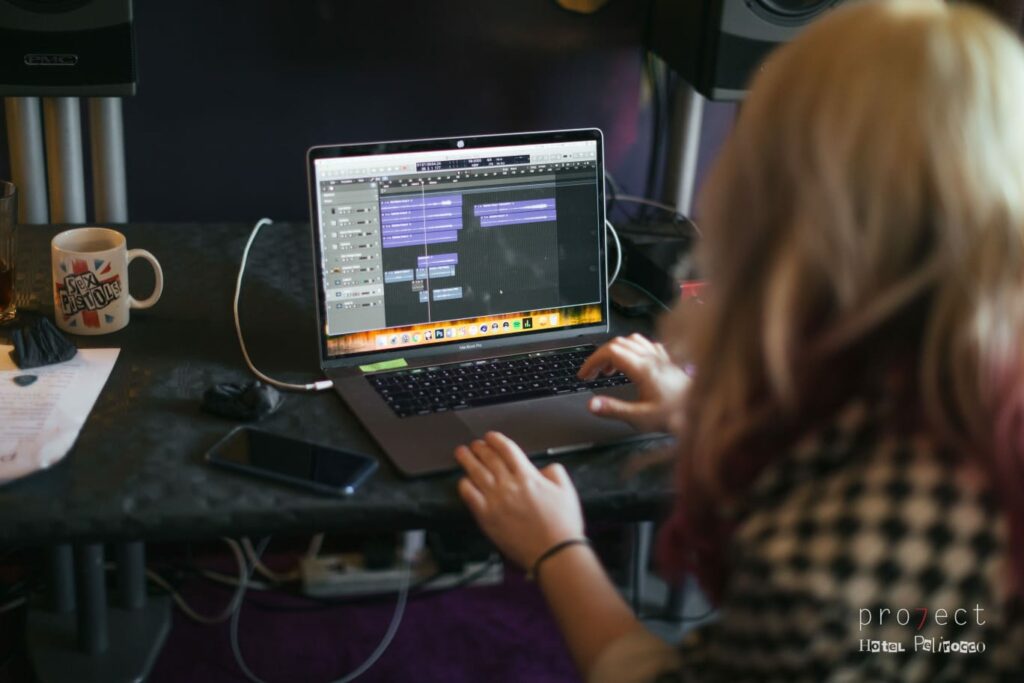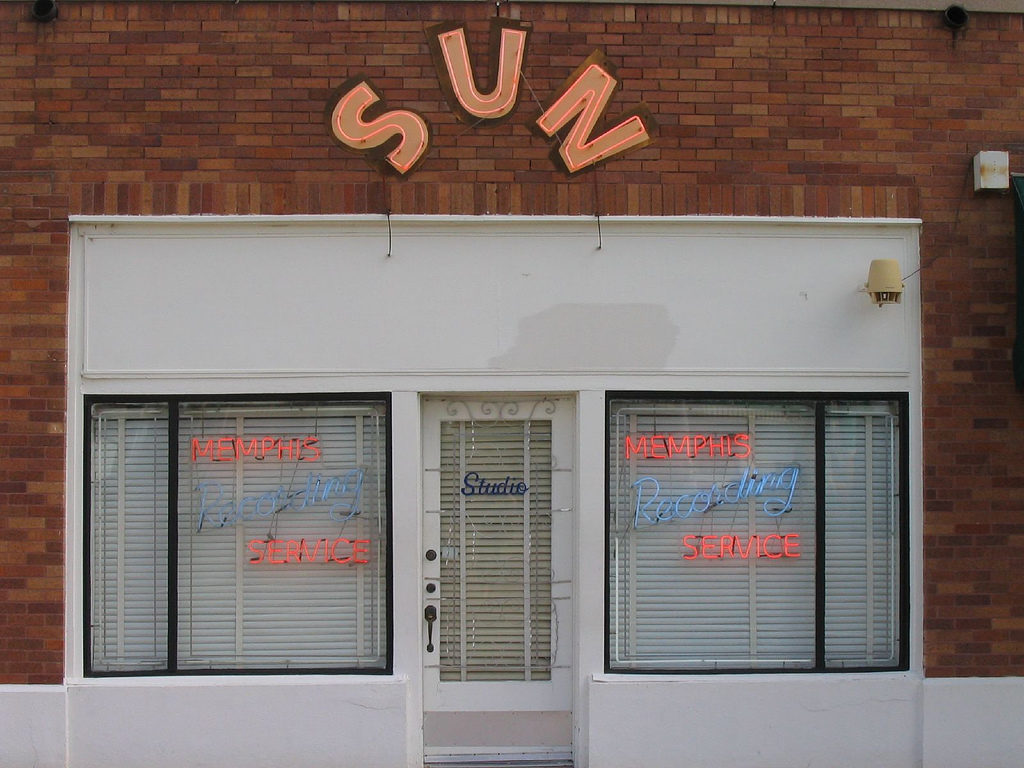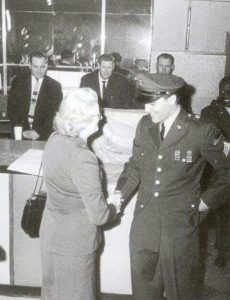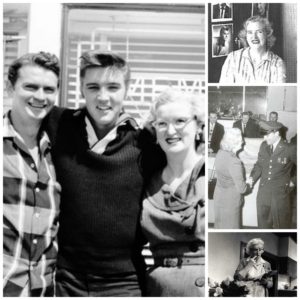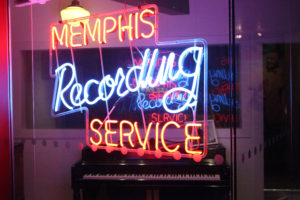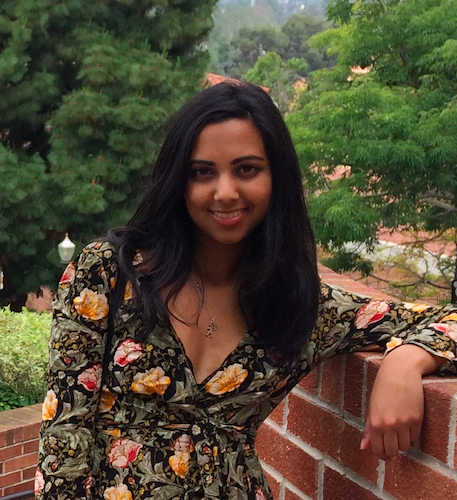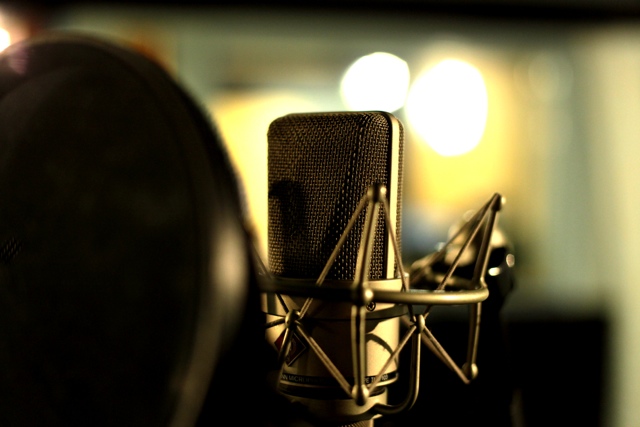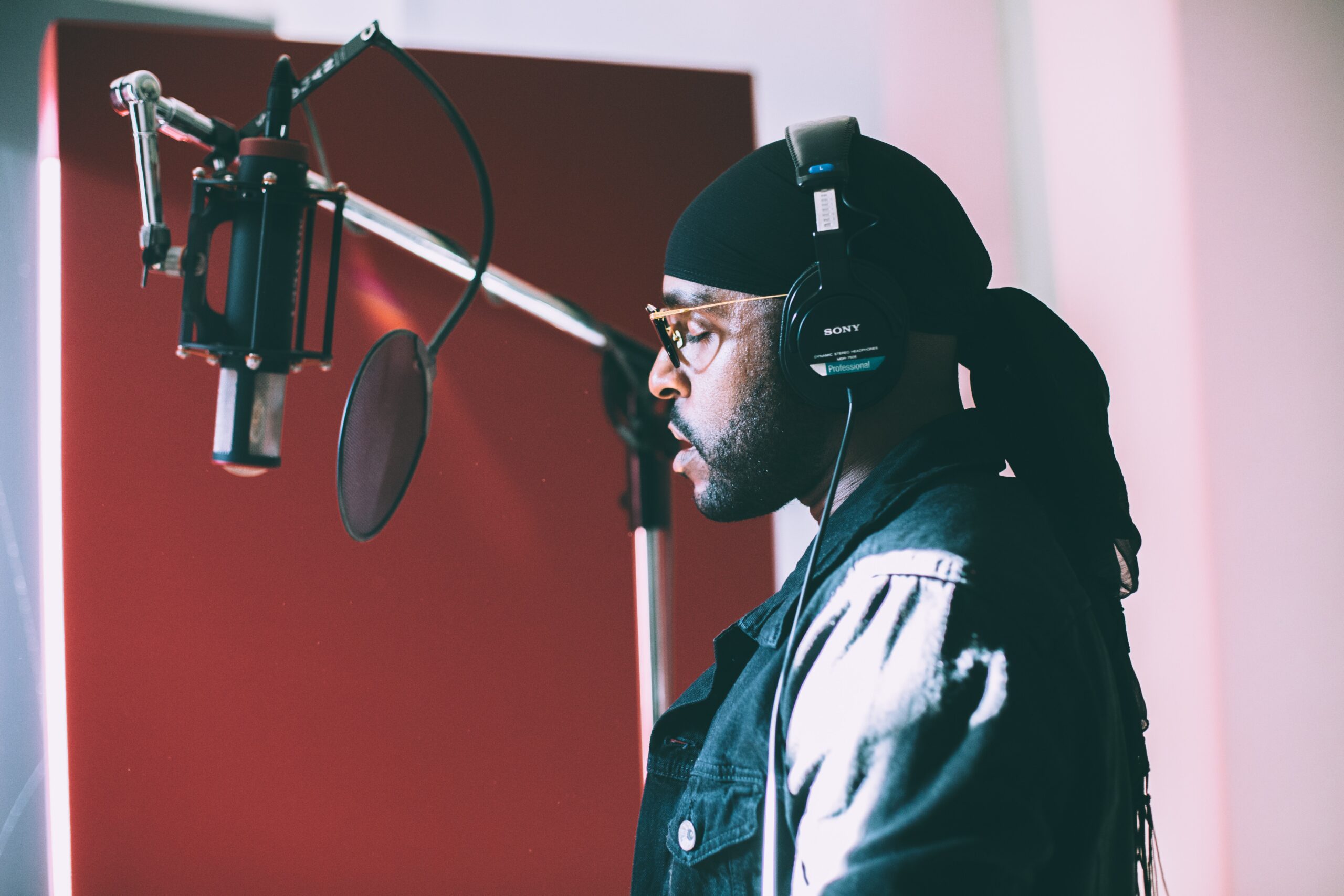
11 Ways to Get the Best Performance from your Singer in the Studio
I’ve read a lot of articles entitled something like “tricks for recording stellar vocals” or something along those lines, as I’m sure you have as well. I stopped reading them a while ago because they were all saying the same thing; what preamps to use, the best vocal mic, mic placement, acoustic space treatment, mic technique, etc. rather than addressing what I think is the most important element: getting the best emotional, confident and believable performance out of your vocalists! As important as the equipment and recording techniques are, what good does it do if the singer has not given their best performance? I know you already knew that. But what you might not know is that you, as the engineer and/or producer, can absolutely make or break the emotion/mental state of the singer in your studio.
Here’s the thing. Most singers are incredibly nervous or at the very least, a bit anxious when they come to record vocals. They usually have inner demons waiting to hammer them with all the worst words of self-doubt a demon can muster just as soon as they open their mouths. Your singers will love working with you if you can put them at ease in every way possible. What it comes down to is you need to wear other hats besides just “engineer” and “producer”. You must also be a therapist, life coach, cheerleader, BFF, and psychic.
Now, you can complain all day long that singers need to be professional and just deal with the stress and blah blah blah. But have you not figured out that the vocals are the most important part of the song? It doesn’t matter if you have the best drum sounds on the planet or the coolest guitar solo ever created. If the vocal falls flat, the song will not connect with people.
Do you want your singer (whether they are Kelly Clarkson good or not) to give the best vocal performance of their life in your recording session? Do you??? Yes. I know you do! So shift your mindset from being the dude/dudette at the console to being the singer’s advocate. Here is my list of the top eleven things you must do to get the best vocal performance from your singer ever.
Provide a low-stress, comfortable environment
- Do what you can to make the temperature comfortable (for us home studio owners, this can be difficult but do your best with space heaters, fans, windows open between takes, etc.) This also means making sure they know ahead of time if you are going to have any visitors or observers. And if possible, keep your schedule open enough to where they don’t feel rushed in or out.
- Start with one run through the entire song as a “warm-up”. Record that first take, but tell them it’s just a warm-up. Because it is. But it’s also a take. I’m surprised at how often I go back to that warm-up take to use a word or a phrase at comping time because it was the best take.
- Let them hear themselves back after the warm-up take (whether it sounded good or bad) with some compression and EQ and a bit of sweetening so that they sound legit. I’m not sure how or why this happens, but when they hear themselves played back the first time, it gives them the confidence they need to sing better once you start doing real “takes”. Especially if they sang that first take timidly, they’ll hear themselves singing all wimpy and tell themselves, “Wait. I totally got this.”
- Be willing to adjust the input gain, but do it carefully. Some singers are very dynamic and will about blow the roof off on their loudest notes and be whisper-soft during the quiet spots. Others will be more even. You can figure this out very quickly during the warm-up take. As you decide what sections to record (see #6), if you need to adjust gain for the different sections, then coordinate it so you will only need to adjust the gain once; maybe twice so as to not have level change issues.
- Don’t do takes just for the sake of getting takes. I’ve had vocal files sent to me recorded at another studio where I had 8…9…10 takes of the entire song. And guess what? They all sounded pretty much the same. Sometimes it does take a singer a few takes to get into their groove, and that’s fine. But if you are working with a pretty seasoned singer, after the warm-up take, you might only need 3 or 4 to make sure you can comp the best vocal take ever. Going through the entire song and having them do 10 to 12 takes will make them pretty tired. The takes will diminish in quality and won’t be useable anyway. Here’s the other thing – singers burn out after a couple of hours! Four, five, or six-hour vocal sessions (for one song especially) will give you diminishing returns.
- Record the song in sections. Ninety-nine percent of the time, this is the best way to go when recording a vocalist. When they are singing the warm-up take, make note of sections that seem harder for them, places where they have to take a catch breath in the middle of a phrase, parts that might be too high or too low. Most singers have a harder time singing low when their voice is more warmed up so have them start with the low sections. Cheerleader hat comes on for the hard parts. Get really good at punching in and punching out so that they can get a great take on difficult notes that might need a focused breath right before or a vocal “marker” (more on that later). If there is a section that is especially hard or taxing on them vocally, only get a few good takes, then move on, go back again later if needed.
- Take a break if they seem tired (either you can see fatigue or you can hear fatigue). Chit chat, offer them water, start asking questions about them so you can get to know them better. Get their mind off of it for a bit.
- For crying out loud, don’t get mad at them when they are not meeting your expectations! Need I say more? Really. Yelling at them, showing frustration with passive-aggressive comments, mocking them, or whatever will most definitely not help the session go any better.
- Emotionally engage with the song they are recording. It seems like a no-brainer but one thing I hear from vocalists who love to record with me is that most engineers “just hit record and check out”. If the singer is struggling with getting the emotion to come across or they can’t decide between two different deliveries, they could use your opinion! They may even ask for it and if all they get is a shrug from you, they take that as a sign that they are completely on their own. Listen to the lyrics. Discuss hidden meanings or motivations behind the song with the singer. If they wrote it, have them tell you the story behind the song. If they are creating a music video, have them tell you the visual concept and let that help drive the vocal decisions. Help them explore ways to sing this song in a way that will “make” people listen.
- Let them do “vocal markers” if needed. The first word of a verse can sometimes be the hardest to hit perfectly. A little trick for singers is to sing the note while the pre-roll is playing to keep the note in their voice. Then at the last second, they take their breath and begin singing the phrase. You’ll obviously need to edit out the placeholder note later if it was recorded. This can also be a great help when they are singing harmonies as sometimes the melody is so stuck in their mind, coming in on a harmony note accurately can be tricky.
- Have a good idea of where you will want doubles and multiple stacks of vocals before the recording starts. You might get more than your 3 or 4 good takes in spots where you will want a fuller stacked sound, like in the chorus. It’s easier to get a few extra takes when you are first tracking that section than later when you are recording backing vocals. Sometimes you may not know what you’ll need until after the singer is gone. Once you have your lead vocal comped, use other good takes as doubles and stacks when inspiration strikes. You’d be surprised at how many times I decide quite far into the production process, long after the singer is gone that a double of that one phrase would bring the right emphasis to it. I use 2 of the other good takes (maybe even from the warm-up take) and add them to the final lead comped vocal – pan one hard left and the other hard right and there you have it.
***A word about auto-tune – The use of some type of tuning plug-in has become the industry standard, whether you like it or not. The problem is that the music we hear on our streaming playlists is littered with singers that sing un-humanly-possibly pitch-perfect. For your mix to stand scrutiny next to Selena Gomez and Shawn Mendez mixes, auto-tune must be used. It is not just about perfecting pitch within an inch of it’s life but it is a processing effect that listeners, without realizing it, expect to hear on polished productions. Expecting a singer to sing as perfectly as the pop music coming from major labels is like expecting a model to walk into a photoshoot “photoshop perfect”. “Why do you have blemishes and scars? I don’t see those on any of the models in the Victoria Secret catalog.”
Not all productions call for the tightest auto-tune you can get, however. This is where you as the producer of the vocals must know the genre you are working in and stay true to that genre. I think of it on a scale of 1 to 10. Adele, as far as I can tell uses no to very little auto-tune (because she’s pretty pitchy haha). Similarly, some genres such as indie rock or alt-rock (think of Brandon Flowers from The Killers or Dan Reynolds from Imagine Dragons) require the singer to have some natural imperfections to keep the raw, emotional element of the song. You’d better believe their backing vocals are pitched, however. So if you’ve got a more soulful singer in a genre that is more forgiving of that effect, then keep the pitching loose and natural. If you are aiming for a hit song on the charts, you must learn how to massage auto-tune to where the singer still sounds “natural” (meaning, not robotic like T-Pain) but has no pitch imperfections.
There you have it! I hope you can all become the singer’s favorite recording engineer by being their advocate in the studio. You’ll both benefit when the end product is something you can both be proud of!
